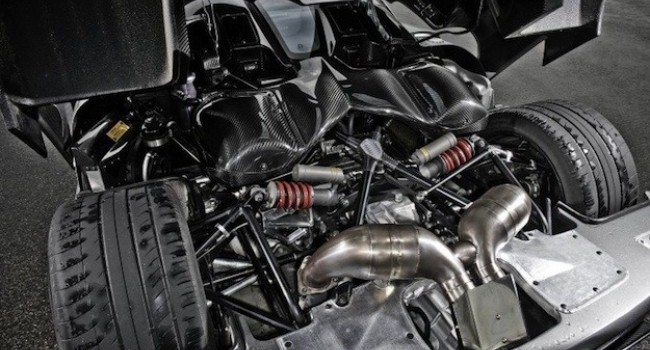When one of the big car manufacturers comes out with a new technology, you donâ€
No ad to show here.
You have to love Koenigsegg. The owner, Christian von Koenigsegg first started his venture at the ridiculous age of 22, and now builds some of the most manic and fastest cars every made. Now, though, he is taking the next step to make his mark on the automotive world forever.
Since the combustion engine was first created, the cam shaft has been an essential aspect of it. In a very small nutshell, it is the part of the engine that opens and closes the valves. Because the valves open and close via the cam shaft it has to do so in a very particular order and variations of this are limited. There are many variable valve timing technologies out there that affect the timing and order of the valves to increase efficiency, power and lower emissions, but they can only alter it so far.
Enter Cargine Engineering
Teaming up with Koenigsegg, it has done away with cam shafts completely, replacing them with what they call the Cargine Free Valve system. It uses pneumatic valve actuators to open valves, which are then closed by air pressure or springs. In this way, the valves of the engines can be controlled completely individually, significantly increasing power, reducing fuel economy and also reducing CO2 emissions. It does away with the traditional mechanical valve-train components, allowing the engine’s speeds to be increased dramatically without worrying about durability issues.
I canâ€
If that isn’t enough, Koenigsegg’s owner also briefly mentioned some other technology that might find its way onto Koenigseggs in the future. Very similar to what Peugeot Citroen have been experimenting with, it is a system that uses compressed air to drive the car. The petrol engine could be used as a sort of air pump that captures energy from engine braking, storing it as compressed air in a tank. This compressed air can be later used to run the engine on its own, completely emissions free, or as a sort of turbo for the petrol engine, but without the wasted energy that a typical turbocharger would normally have.
Why, then, you would ask, have other manufacturers not looked into compressed air as a source of sustainable energy to power motor vehicles? It takes quite a lot to figure out how to utilise compressed air as a source of energy. Sure, it can used as a boost of sorts, but as a main source of power? It’s going to be quite a while before any proper progress will be made in this regard. Nonetheless, it is wonderful to see car makers exploring the potentialities of new energy sources outside electricity and fossil fuels.
Image: Digitaltech.com
